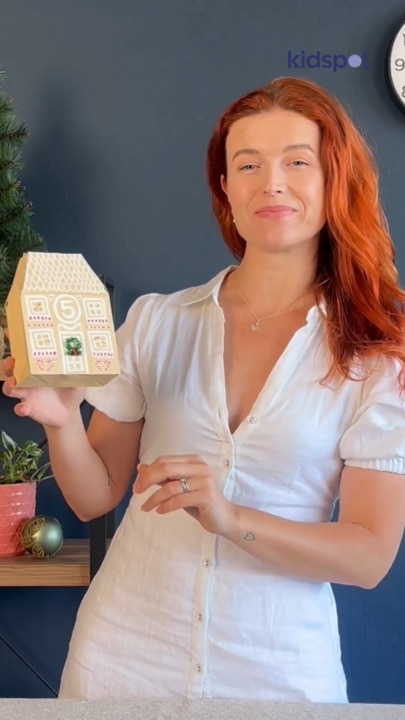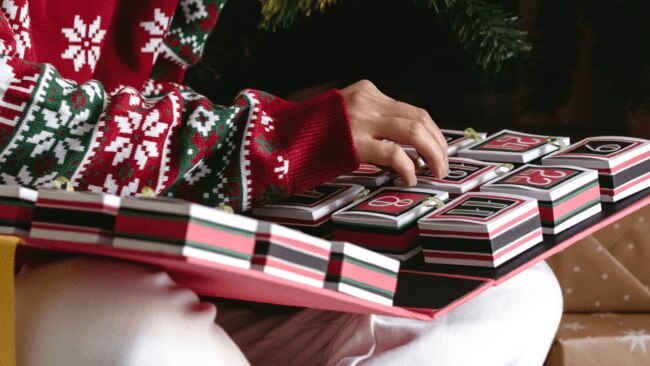Fact Check Friday: Truth about Advent calendars proves we’ve lost the real meaning
Hundreds of years of history, yet you still might be opening yours the wrong way.

If you’re reading this, chances are you’re just short of a week into your Advent calendar. It’s no secret, Christmas is well and truly on the way!
But, have you ever wondered where the concept of an advent calendar came from?
As it turns out, the original advent calendars are a far cry from what we love today.
Want to join the family? Sign up to our Kidspot newsletter for more stories like this.

RELATED: This ALDI product reveals the Christmas trend we all do
Where it all began
The word ‘advent’ is derived from the Latin term ‘adventus’, meaning ‘arrival’ or ‘coming’.
Traditionally, advent would mark the lead-up to Christ’s birth, meaning it wouldn’t necessarily only occur in December, but sometimes November also, depending on when the last four Sundays before Christmas would fall.
However, the first record of an advent calendar counting down to Christmas is from 19th Century Germany, when people began lighting a candle or making a chalk mark on a wall or door each day from December 1 to December 24.
The concept only grew until the beginning of WWII, when advent calendars were almost completely abolished. Paper was rationed, and the Nazi Party banned the printing of calendars with images, despite printing their own ‘Pre-Christmas Calendar’ incorporating ideological propaganda.
But, following the war, a printer named Richard Sellmar managed to persuade the U.S. officials who were governing Stuttgart at the time to allow him to print them again. His company, Sellmar-Verlag, still produces advent calendars to this day.
Returning service members then spread the concept around the world, and its popularity only grew from there.
Introducing our new podcast: Mum Club! Listen and subscribe wherever you get your podcasts so you never miss an episode.
RELATED: The DIYs you need to up your Xmas tree game this year
The modern rendition
The first example of what we know an advent calendar to be today was made in the 1950’s - the earliest time people can recall chocolates being included in an advent calendar.
Though for the most part this is still the standard, you can now get just about anything in an advent calendar, from different lollies and edible treats, to more obscure things like makeup, toys, alcohol, jewellery and tea.
People are now also DIY-ing their advent calendars, wrapping up books, baked goods or anything else that you can get 24 of, to make their child’s day every day during the month of December.
Some are also creating reverse advent calendars to give back to the community and reduce clutter in the lead-up to Christmas.
Are we still doing it wrong?
You’d think that when it comes to something people have been doing for literally hundreds of years, there’s no way we could be doing it wrong. Right?
Well, apparently not, as the debate continues around what space to start with.
As far as I’m concerned, the way to do it is by starting at 1 and working your way to 24 as you cross off each day on your regular calendar. But, with the concept traditionally being a countdown to Christmas, does it make sense that you start at 24?
Whilst if you’re going with a more unconventional advent calendar with some pieces of a greater size or value, the biggest is often in the 24 slot, there is no decided way to go about it.
So, if you want to start at 24, go for your life - even though I may be judging you a little bit.
More Coverage
Originally published as Fact Check Friday: Truth about Advent calendars proves we’ve lost the real meaning





